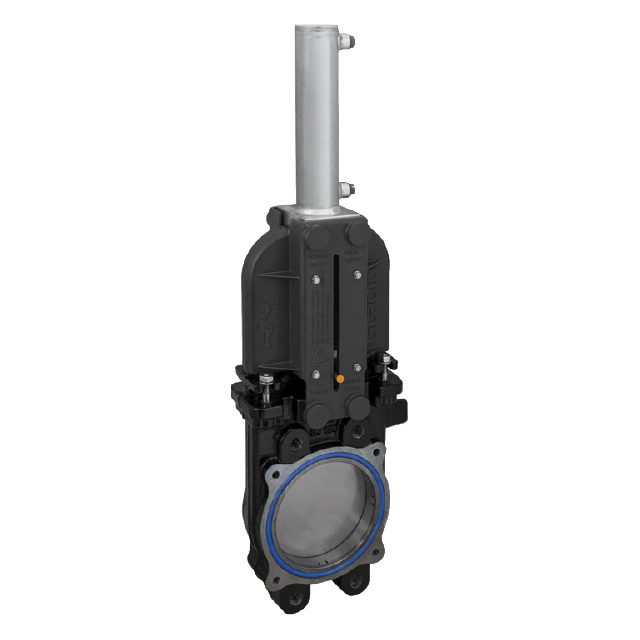Pneumatic and hydraulic systems rely heavily on precise control of fluid flow to function efficiently. Solenoid valves play a critical role in managing this flow, using electrical signals to open or close valve components. The parts of solenoid valves, including coils, springs, and plungers, directly affect how well these systems perform. When solenoid valve parts work effectively, they ensure smooth operation, quick response times, and reliable system control. This article explains how solenoid valve parts enhance pneumatic and hydraulic systems, highlighting their impact on overall system performance.
Solenoid Valve Parts Improve System Performance
Solenoid valve parts are essential components that control the movement of fluids or gases in pneumatic and hydraulic systems. Vincervalve parts convert electrical energy into mechanical movement, allowing for precise flow regulation. Here is how they contribute to improved system performance:
- Fast and Accurate Control: Solenoid coils generate magnetic fields that move the valve plunger quickly. This rapid movement ensures that fluid flow starts or stops almost instantly, improving system responsiveness.
- Reliable Operation: Quality springs and seals maintain valve integrity, preventing leaks and ensuring that the valve closes tightly when required. This reliability helps avoid system downtime and reduces maintenance.
- Energy Efficiency: Properly functioning solenoid parts minimize energy waste by ensuring valves only operate when needed. Efficient valves reduce power consumption in electrical and hydraulic systems.
- Compact Design: Many parts of a solenoid are designed to fit compact spaces, allowing pneumatic and hydraulic systems to be smaller and more versatile without sacrificing performance.
- Durability: High-quality materials used in solenoid parts resist corrosion and wear, extending the lifespan of valves and maintaining system performance over time.
Key Solenoid Valve Parts and Their Roles

Each part within a solenoid valve has a specific function that contributes to overall performance:
- Coil: Converts electrical energy into a magnetic force to move the valve plunger.
- Plunger or Armature: Moves inside the valve to open or close the flow path based on the magnetic field.
- Spring: Returns the plunger to its original position when the coil is de-energized.
- Valve Body: Houses the internal parts and directs fluid flow.
- Seals and O-rings: Prevent fluid leakage and ensure tight sealing within the valve.
Benefits of Optimized Solenoid Valve Parts in Systems
Optimized solenoid valve parts enhance pneumatic and hydraulic systems by:
- Improving system speed and responsiveness for better process control.
- Reducing wear and tear through durable components, lowering maintenance costs.
- Enhancing safety by providing precise control over fluid flow.
- Increasing energy savings with efficient valve actuation.
- Allowing flexible system designs thanks to compact and reliable valve parts.
Solenoid valve parts are vital to the effective performance of pneumatic and hydraulic systems. Their ability to control fluid flow quickly, accurately, and reliably directly affects system efficiency and longevity. Fast-acting coils, durable plungers, reliable springs, and effective seals all work together to improve control, reduce energy consumption, and ensure smooth operation. By focusing on quality and proper maintenance of solenoid valve parts, systems can achieve higher productivity, lower costs, and greater safety.
